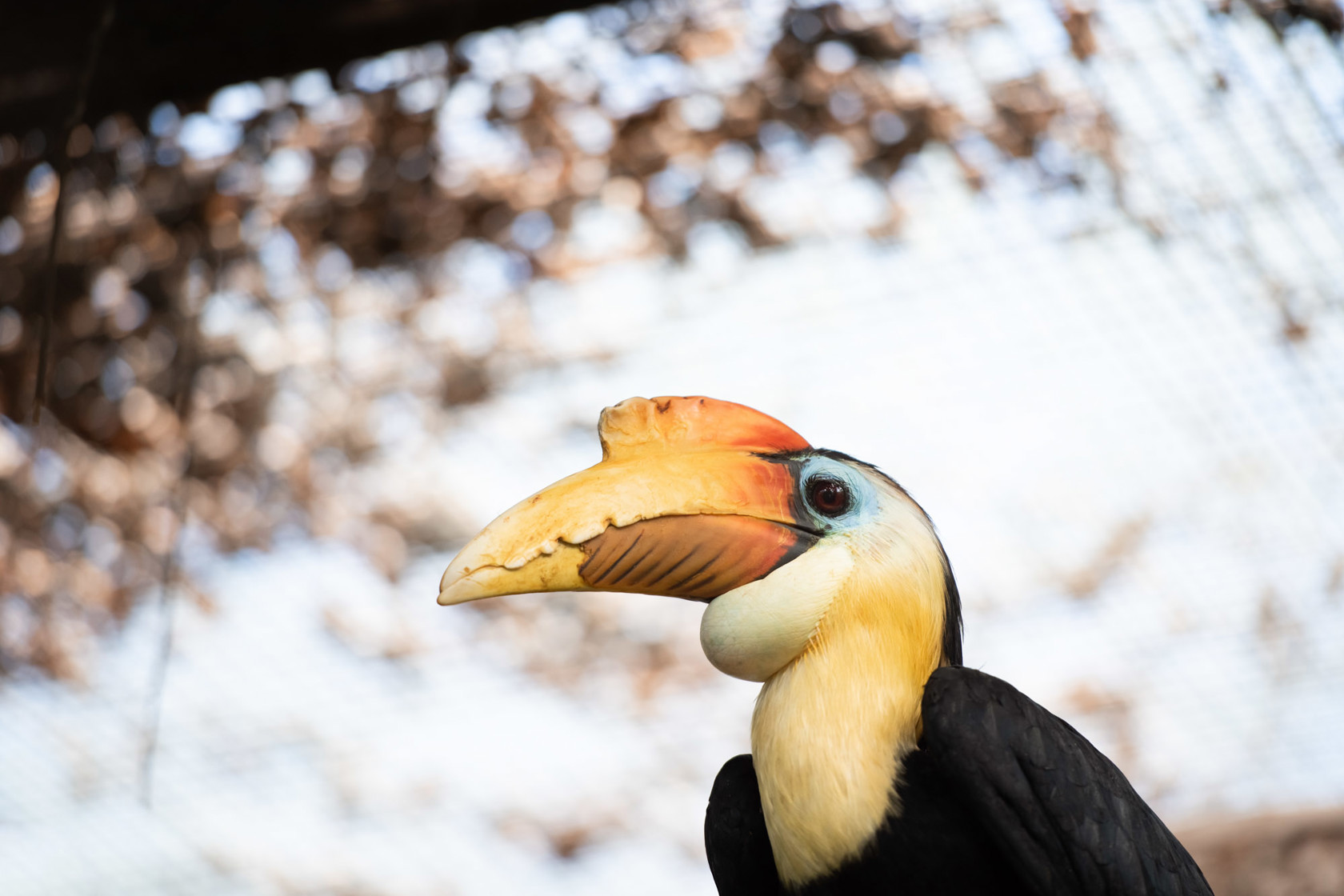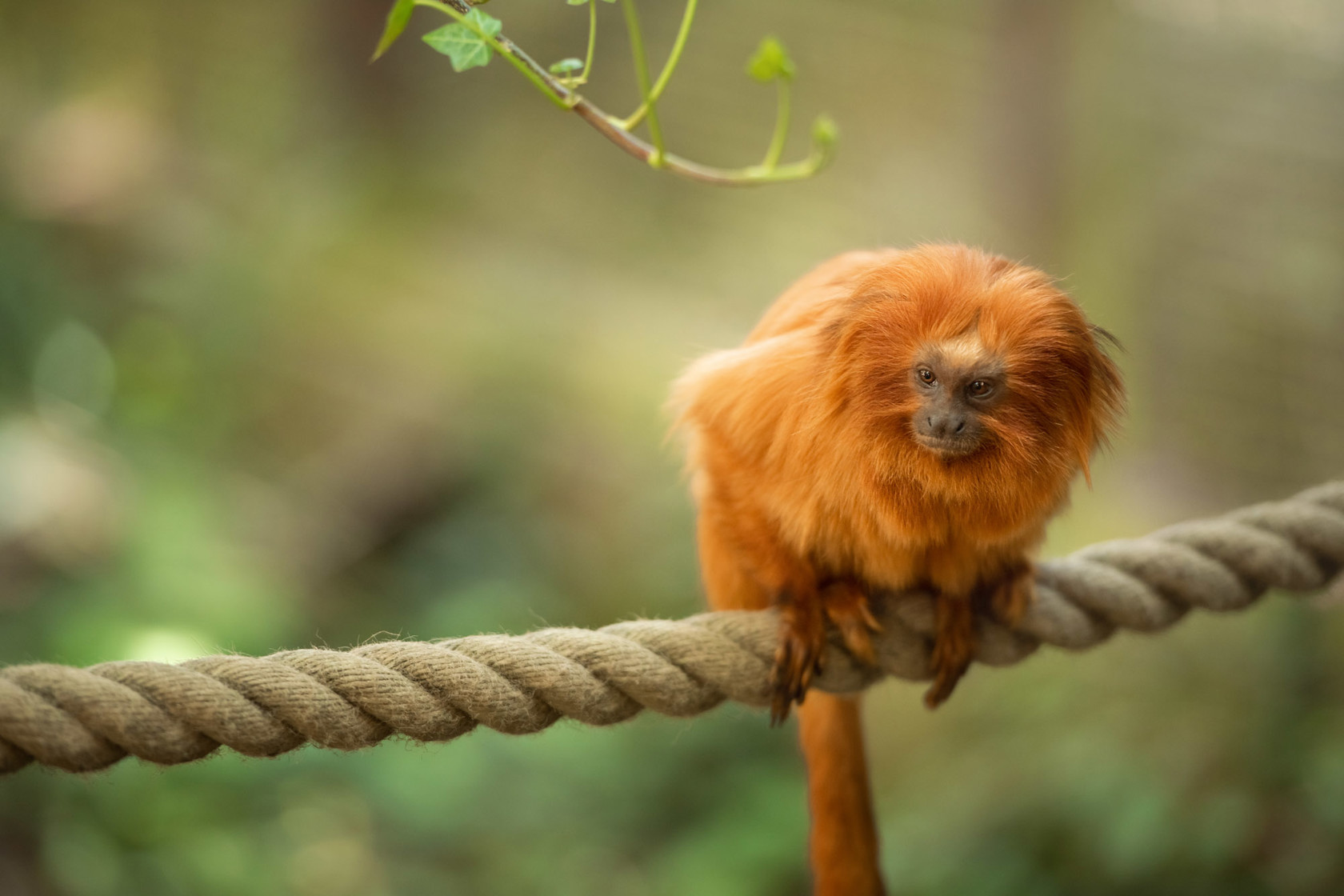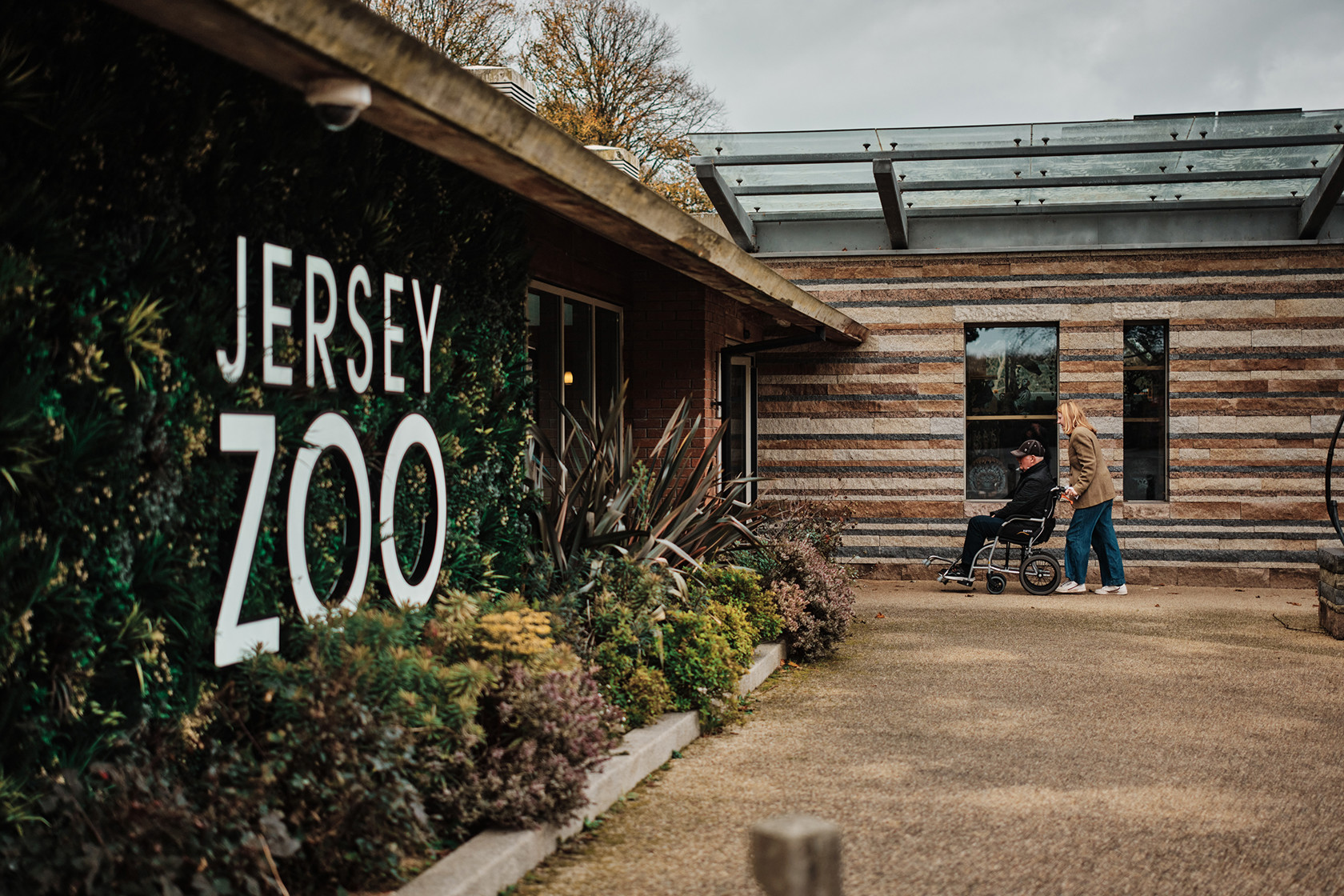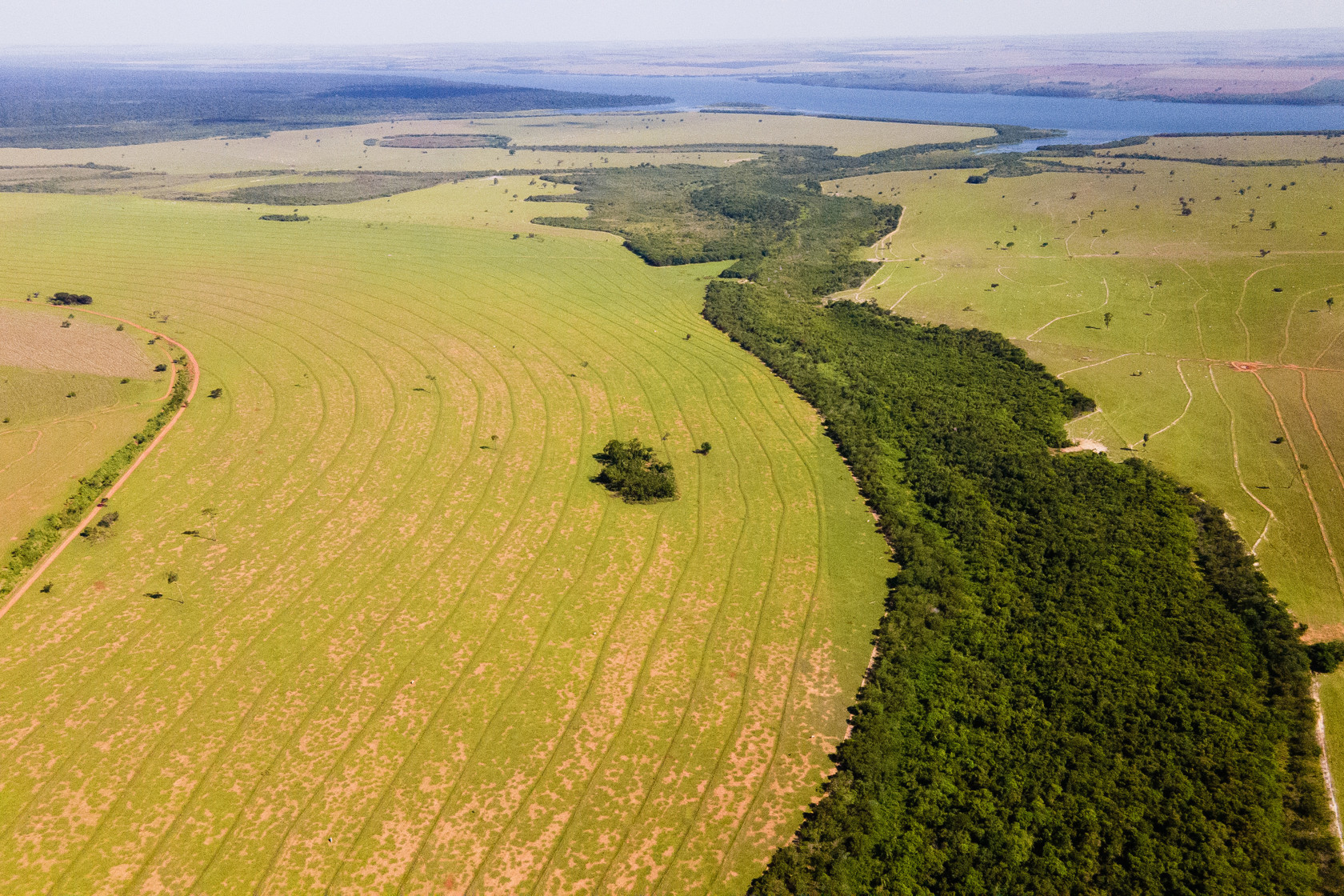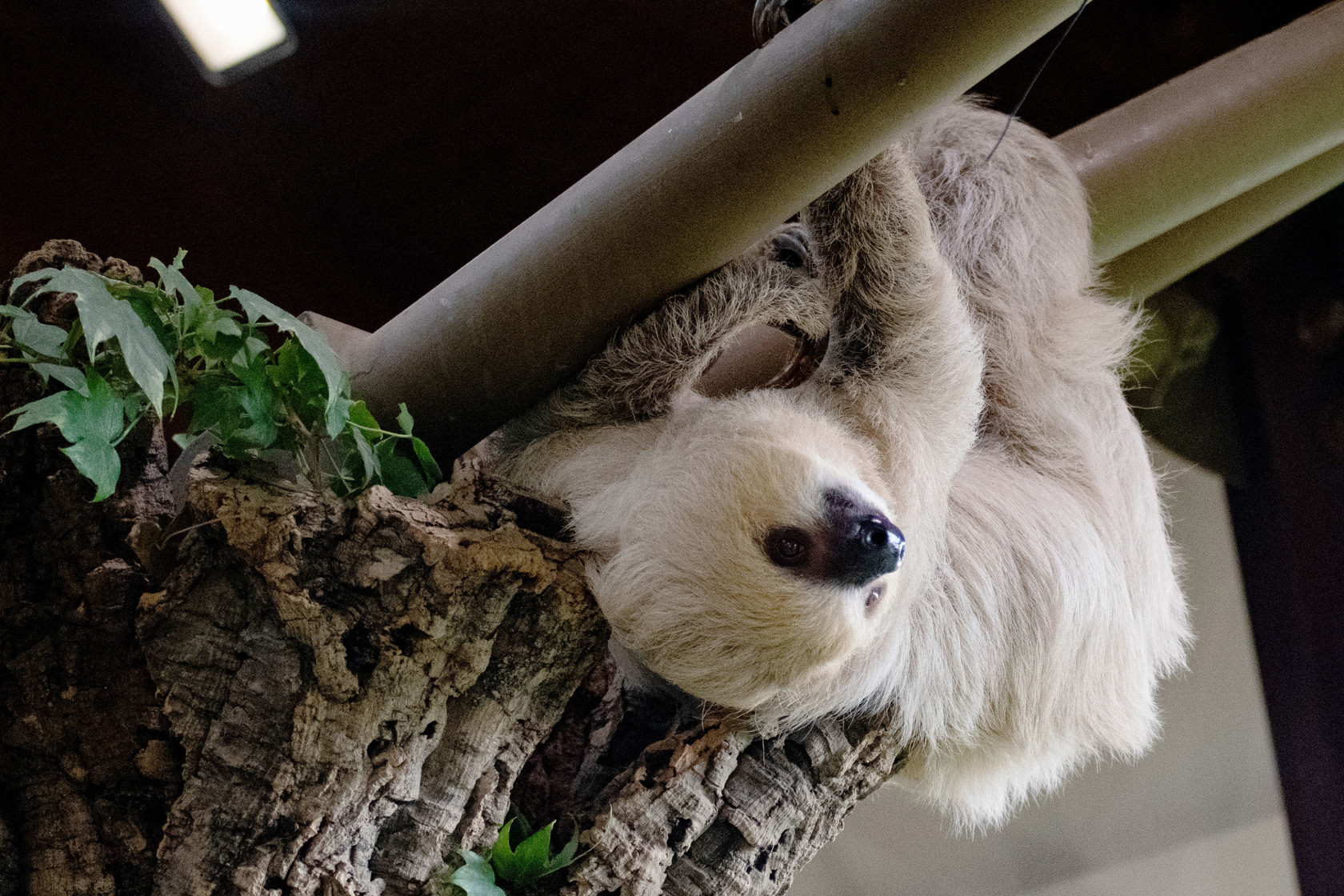1000th Blue Iguana Released into the Wild
The National Trust for the Cayman Islands recently announced the successful release of the 1000th blue iguana into the wild. Number 1000, known as “Renegade”, was one of ten iguanas released into Collier’s Wilderness Reserve on July 23rd 2018.
The Blue Iguana Recovery Programme was launched in 1990, with Durrell later coming on board as a major partner, from 2004 - 2010. The original goal to release 1000 captive bred iguanas back into the wild was set in 2001 but was, at the time, thought to be too optimistic. Now the efforts of the National Trust for the Cayman Islands, alongside national and international partners, have finally paid off.
Found only on Grand Cayman, the blue iguana was thought to have originally numbered in the tens of thousands but human development, historic hunting and the introduction of predatory cats, dogs and rats wiped out most of the population. By 2001, less than 25 individuals were estimated to remain on the island.
The goal was to initially hatch and rear 10-20 new iguanas each year in the captive breeding facility at the Queen Elizabeth II Botanic Park. This goal has now risen to 100 per year, with the majority of iguanas bred eventually being released into the wild. The newly hatched iguanas spend the first 2 years of their lives in captivity, and are then released into the wild when they are large enough to protect themselves from predators, such as snakes and cats.
The captive breeding facility currently holds 150 individuals and there are plans to release 50 more iguanas this year. The latest group to be released, including Renegade, have been microchipped and fitted with colourful markers so they can be identified in the future.
Due to the success of the programme, populations in the wild have been steadily increasing. This led to the species eventually being downgraded from Critically Endangered to Endangered in 2012. However, active conservation is still required as new threats to the species continue to emerge.
The next stage of the programme is to maintain genetic diversity by moving individuals between subpopulations to ensure the survival of the species in the wild, while continuing to raise awareness and funds through commercial activities.
The Blue Iguana Recovery Programme was launched in 1990, with Durrell later coming on board as a major partner, from 2004 - 2010. The original goal to release 1000 captive bred iguanas back into the wild was set in 2001 but was, at the time, thought to be too optimistic. Now the efforts of the National Trust for the Cayman Islands, alongside national and international partners, have finally paid off.
Found only on Grand Cayman, the blue iguana was thought to have originally numbered in the tens of thousands but human development, historic hunting and the introduction of predatory cats, dogs and rats wiped out most of the population. By 2001, less than 25 individuals were estimated to remain on the island.
The goal was to initially hatch and rear 10-20 new iguanas each year in the captive breeding facility at the Queen Elizabeth II Botanic Park. This goal has now risen to 100 per year, with the majority of iguanas bred eventually being released into the wild. The newly hatched iguanas spend the first 2 years of their lives in captivity, and are then released into the wild when they are large enough to protect themselves from predators, such as snakes and cats.
The captive breeding facility currently holds 150 individuals and there are plans to release 50 more iguanas this year. The latest group to be released, including Renegade, have been microchipped and fitted with colourful markers so they can be identified in the future.
Due to the success of the programme, populations in the wild have been steadily increasing. This led to the species eventually being downgraded from Critically Endangered to Endangered in 2012. However, active conservation is still required as new threats to the species continue to emerge.
The next stage of the programme is to maintain genetic diversity by moving individuals between subpopulations to ensure the survival of the species in the wild, while continuing to raise awareness and funds through commercial activities.

